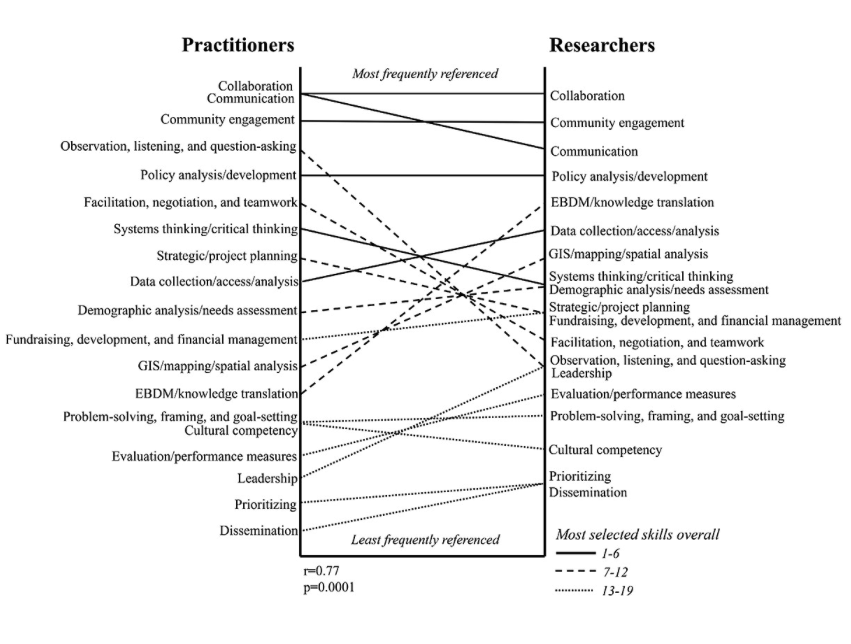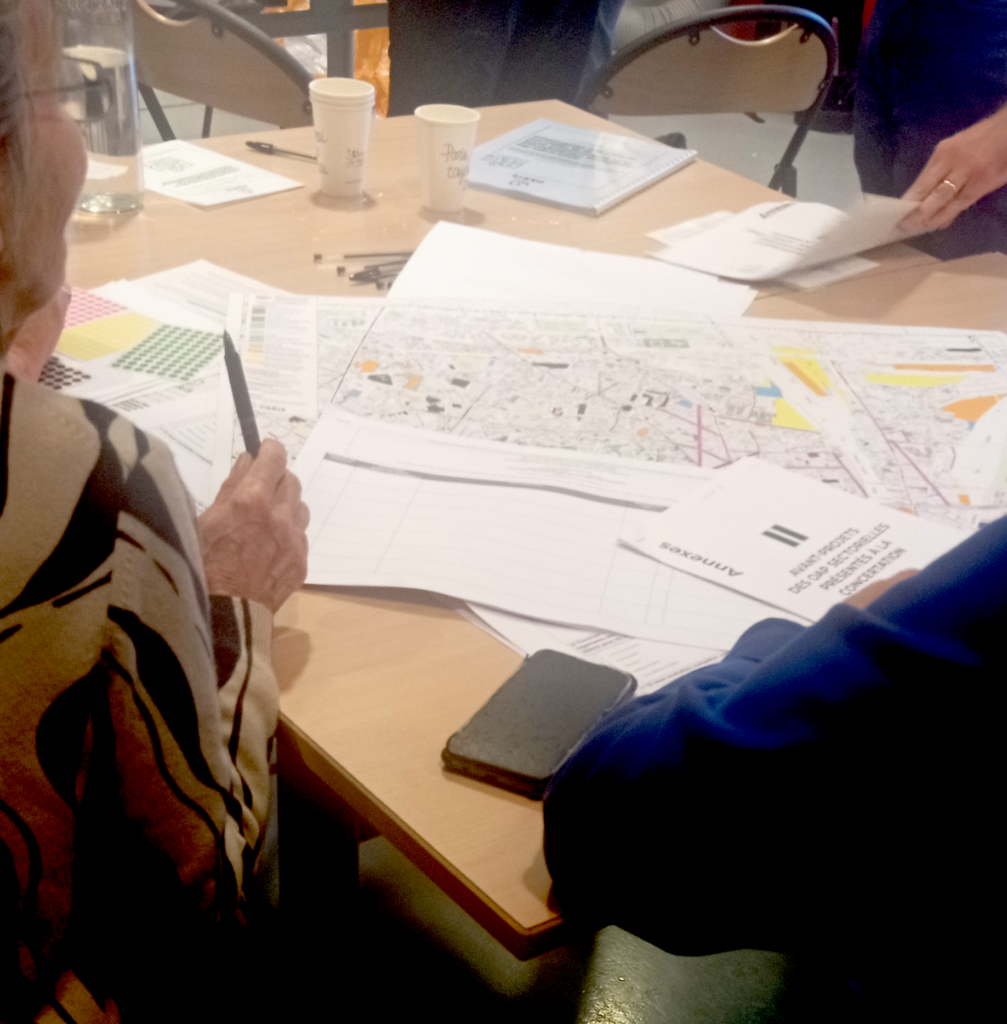City Know-hows

Target audience
Public health associations and the professional bodies for planners, landscape architects, architects and their members. National recreation and park associations and research communities for active living.
The problem
One of the most popular and intuitive ways to capture quality of life in cities is by evaluating “liveability.” Though exact definitions vary, many metrics treat active living as a core consideration for liveability.
Despite growing awareness about the importance of liveability and active living, there has been to our knowledge no attempt to identify the competencies necessary to participate in the development of liveable cities.
What we did and why
Participants were asked to provide a list of the skills they found most important to the development of liveable cities. Responses were synthesized into broader categories, and respondents were then asked to select up to five categories that they felt were most important. Results were compared to the competency requirements for program accreditation in the fields of Public Health, Urban Planning, Architecture, Landscape Architecture, and Parks and Recreation Administration.
This chart compares practitioners and researchers based on the frequency of their references to each skill. On the left, skills are ranked from top to bottom by frequency of references by practitioners. On the right, they are ranked by frequency of references by researchers. A line connects each skill’s placement on both sides, illustrating any relative gaps. Gaps are relative, not absolute. A higher placement on one side indicates more references than lower skills on the same side, not the opposite side. The pattern of each line reflects the overall frequency of reference for each skill.
Our study’s contribution
We provide a first look at what skills are most important for liveable city development plus;
Impacts for city policy and practice
It is vital to:
Always consider team processes and composition when forming teams. This means knowing what skills each discipline brings to the table.
Further information
The Developing Livable Cities initiative at the Prevention Research Center in St. Louis.
Twitter feeds:
Trailnet To lead in fostering healthy, active and vibrant communities where walking, bicycling and the use of public transit are a way of life.
Sam Fox School The Sam Fox School of Design & Visual Arts is an interdisciplinary school of architects, artists, & designers at Washington University
PRC in St. Louis The Prevention Research Center in St. Louis: Adapting, implementing, evaluating, and disseminating evidence-based interventions to prevent chronic disease.
Authors: Samuel Yang, Amy Eyler, Ross Brownson, Linda Samuels, Grace Kyung, Rodrigo Reis
Editor: Marcus Grant
Full research article:
Related posts

Health impact assessments are a key tool to bridge the worlds of planning and health, but there’s a risk they become a ‘tick box’ exercise with little real-world benefit. Learning from recent practice in English local authorities can help maximise their effectiveness in producing healthier developments.

This study introduces a place-based model of urban environmental health drawn from residents’ perspectives.
• Highlights eight interconnected local parameters of environmental health.
• Demonstrates that residents link environmental health to everyday nuisances like noise, air pollution, and lack of safety.
• Shows that viable and livable environments depend on inclusive governance and infrastructure decisions.
• Offers a replicable approach for other cities to assess urban health from the ground up.

This paper explores the relationship between parents’ sense of belonging and their children’s independent mobility. We found that parental satisfaction with their living environment can be influenced by their sense of belonging, ultimately creating a community with more independent children.